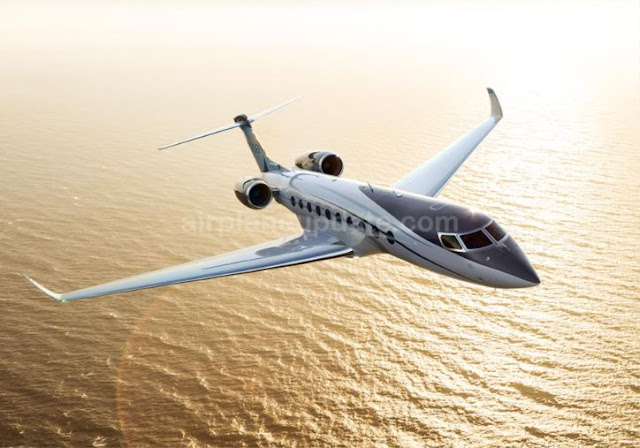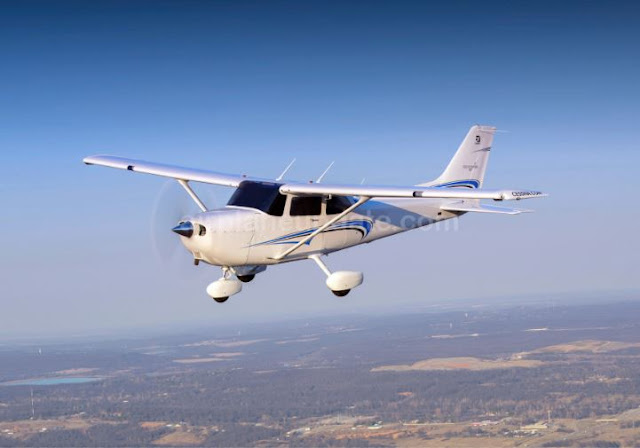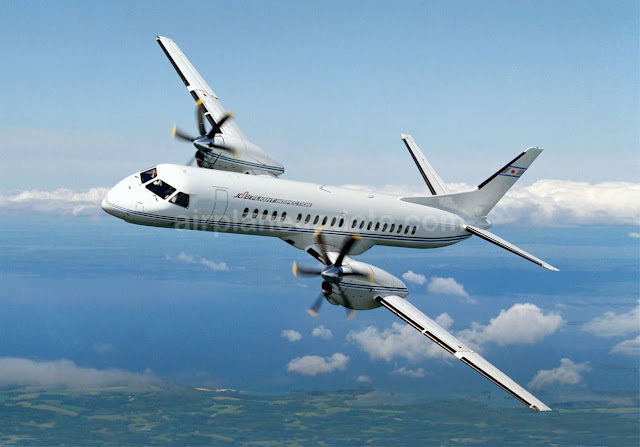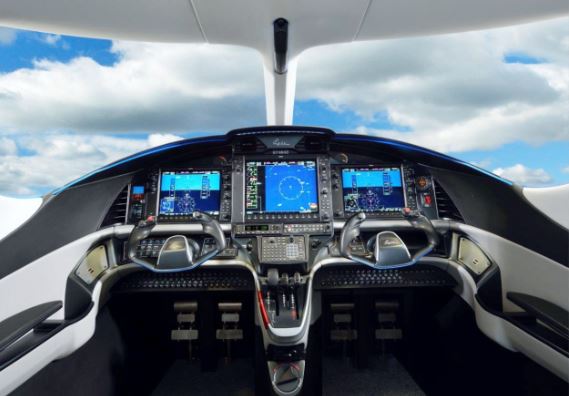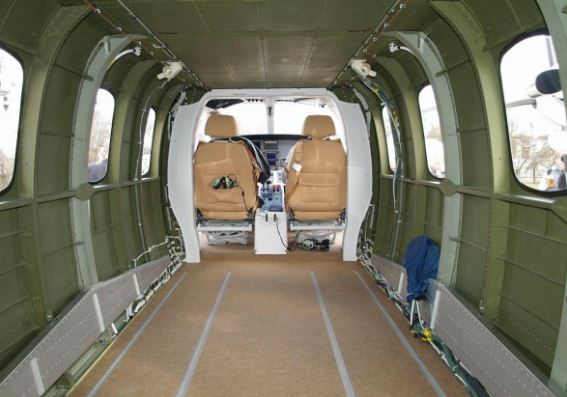Czech Sport Aircraft PS-28 Cruiser Specs, Cockpit, and Price
Admin
01:00
Czech Sport Aircraft PS-28 Cruiser Specs, Cockpit, and Price – The PS-28 Cruiser is a two-seat low-wing lightweight sport aircraft developed by Czech Sport Aircraft. This aircraft can be used for basic and advanced flight training, air clubs, basic military pilot training, general recreational use, and air tourism. The PS-28 Cruiser aircraft obtained type certification from the European Aviation Safety Agency (EASA) in April 2012 in the category of lightweight sport aircraft and entered service in October 2012. This aircraft is available in Classic, Style and Exclusive models.

The aircraft tail unit consists of vertical fins, steering, horizontal stabilizers and lifts with trim tabs. This elevator is balanced with electrically controlled elevator lifts. The lift is also equipped with a balance tab for better control and balance.
The wings are equipped with electrically controlled flaps and ailerons. The right aileron is equipped with an electric trim. Each wing is held with six bolts in the center of the wing. The wing tips are made of carbon-glass composite and are equipped with spotlights.
This aircraft can accommodate 2 passengers who double as pilots. The aircraft's interior includes two seats mounted side by side. Leather seat seats will increase passenger comfort when flying.
The dimensions of the PS-28 Cruiser aircraft include a length of 6.62 m, a height of 2.31 m, and a wingspan of 8.6 m. The aircraft's wing surface area is 12.3 m². The aircraft has two luggage storage compartments located in each wing with a capacity of 10 kg each. Other luggage storage compartments are also available at the back of the seat with a capacity of 18 kg.

Rotax 912 engine support allows the PS-28 Cruiser to fly a maximum cruise speed of 172 km / h and a horizontal speed of 220 km / h. The aircraft has a climbing speed of 4.2 m / s and a range of 512 nm (948 km). This aircraft consumes fuel around 17.5 l / h and has a durability of 5 hours and 26 minutes.
PS-28 Cruiser requires a take-off distance of 387 m on the concrete surface and 457 m on the surface of the grass. Meanwhile, landing a plane requires a distance of 362 m on the concrete surface and 338 m of grass.

The cockpit of the PS-28 Cruiser is equipped with a modern and sophisticated avionics system, such as a magnetic compass, a backup air speed indicator, and a navigation / communication radio. Other avionics suites include the HS-34 navigation extension module, S mode transponders and class 2 intercoms, and the Garmin 695 GPS.

PS-28 Cruiser Specs
The PS-28 Cruiser has an all-metal airframe design, conventional cantilevered wings and tail. The aircraft is equipped with a fixed tricycle type landing gear with hydraulic brake support. The main undercarriage is attached directly to the bottom of the fuselage and the nose landing gear is attached to the firewall.The aircraft tail unit consists of vertical fins, steering, horizontal stabilizers and lifts with trim tabs. This elevator is balanced with electrically controlled elevator lifts. The lift is also equipped with a balance tab for better control and balance.
The wings are equipped with electrically controlled flaps and ailerons. The right aileron is equipped with an electric trim. Each wing is held with six bolts in the center of the wing. The wing tips are made of carbon-glass composite and are equipped with spotlights.
This aircraft can accommodate 2 passengers who double as pilots. The aircraft's interior includes two seats mounted side by side. Leather seat seats will increase passenger comfort when flying.
The dimensions of the PS-28 Cruiser aircraft include a length of 6.62 m, a height of 2.31 m, and a wingspan of 8.6 m. The aircraft's wing surface area is 12.3 m². The aircraft has two luggage storage compartments located in each wing with a capacity of 10 kg each. Other luggage storage compartments are also available at the back of the seat with a capacity of 18 kg.

PS-28 Cruiser Engine and Performance
The PS-28 Cruiser is powered by a Rotax 912 ULS2 / S2 engine that can produce an output power of 73.5 kW. The engine drives the Sensenich Fixed 3-blade propeller. The aircraft is equipped with fuel tanks with a total capacity of 114 l.Rotax 912 engine support allows the PS-28 Cruiser to fly a maximum cruise speed of 172 km / h and a horizontal speed of 220 km / h. The aircraft has a climbing speed of 4.2 m / s and a range of 512 nm (948 km). This aircraft consumes fuel around 17.5 l / h and has a durability of 5 hours and 26 minutes.
PS-28 Cruiser requires a take-off distance of 387 m on the concrete surface and 457 m on the surface of the grass. Meanwhile, landing a plane requires a distance of 362 m on the concrete surface and 338 m of grass.

PS-28 Cruiser Cockpit and Avionics
The aircraft has a large glass fiber cockpit that is equipped with a main Dynon D-100 flight data display and a Dynon D-120 engine monitoring system. A large cockpit glass cover will provide perfect visibility for the pilot. Flight controls such as wheel brakes are located on the pedals and throttles are located on the center console in the cockpit.The cockpit of the PS-28 Cruiser is equipped with a modern and sophisticated avionics system, such as a magnetic compass, a backup air speed indicator, and a navigation / communication radio. Other avionics suites include the HS-34 navigation extension module, S mode transponders and class 2 intercoms, and the Garmin 695 GPS.







